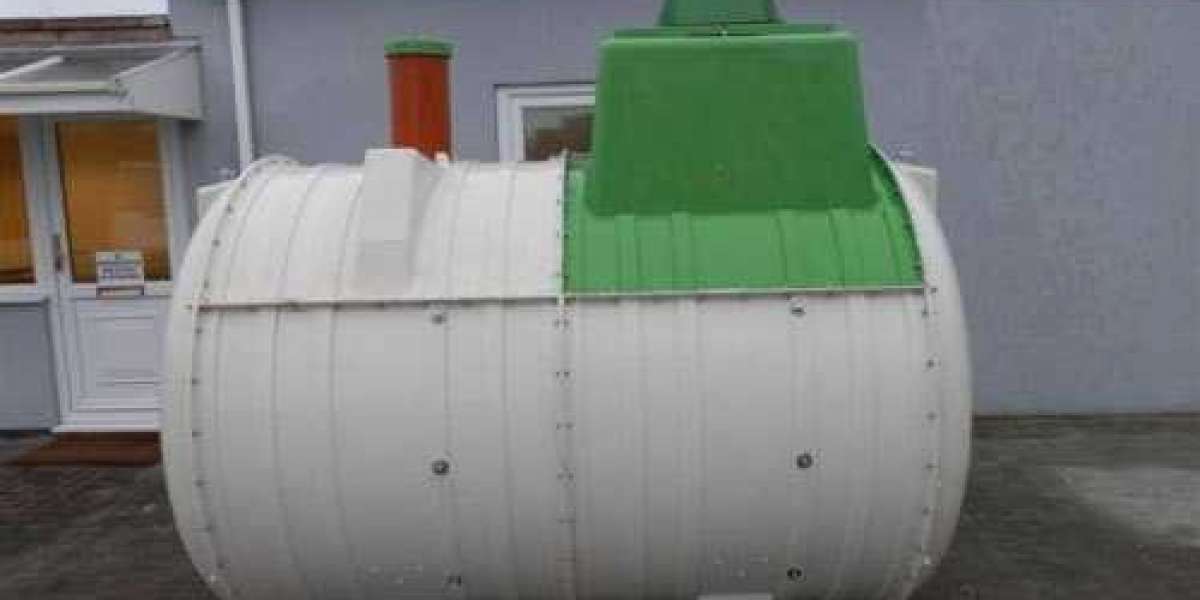Introduction
Dealing with mold on windows is a common challenge for homeowners, impacting both aesthetics and indoor air quality. In this detailed guide, we'll delve into various aspects of mold on windows, offering insights, expert advice, and practical solutions to ensure a healthier living environment. mold on the windows
Recognizing Mold on Windows
Spotting Mold Early
Early detection is crucial in dealing with mold on windows. Regular inspections for discoloration, especially in corners and along window frames, can help catch mold growth in its initial stages.
Musty Odors and Mold on Windows
A distinct musty odor is often an early sign of mold on windows. If you notice such odors, prompt investigation is necessary as mold may be thriving in hidden corners or within the window tracks.
Understanding the Causes
Condensation Woes
Excessive condensation on windows creates an ideal environment for mold growth. Understanding the root cause, such as poor ventilation or high humidity levels, is essential in preventing mold recurrence.
Leaky Windows and Water Intrusion
Leaky windows allowing water intrusion can lead to mold growth. Regularly inspect windows for leaks, especially after heavy rainfall, and undertake timely repairs to mitigate mold risks.
Dealing with Mold on Windows
DIY Mold Removal Techniques
For small-scale mold problems, DIY solutions can be effective. Using a mixture of vinegar and water or hydrogen peroxide to clean affected areas, with proper ventilation, can help tackle mold.
Professional Mold Remediation Services
In cases of extensive mold infestation, seeking professional mold remediation is advisable. Experts employ advanced techniques for safe and thorough mold removal, restoring window integrity and ensuring a healthy indoor environment.
Prevention Strategies
Proper Ventilation Matters
Adequate ventilation is a key preventive measure against mold on windows. Ensure proper airflow in your home using exhaust fans, open windows, and air purifiers, significantly reducing the risk of mold growth.
Regular Window Maintenance
Regular maintenance, including leak checks, caulking repairs, and window sill cleaning, is vital for preventing mold. Proactive measures help identify and address issues before they escalate.
Mold on Windows: FAQs
How does mold on windows impact indoor air quality?
Mold on windows can release spores into the air, leading to poor indoor air quality. Individuals with respiratory conditions may experience worsened symptoms.
Can mold on windows be completely eradicated?
While complete eradication is challenging, effective mold removal and preventive measures can significantly minimize its presence.
Is mold on windows a health hazard?
Yes, mold on windows can pose health risks, especially for individuals with allergies or respiratory issues. Prompt remediation is essential.
What role does humidity play in mold growth on windows?
High humidity levels contribute to mold growth. Controlling indoor humidity through ventilation and dehumidifiers helps prevent mold formation.
Are there eco-friendly ways to tackle mold on windows?
Yes, natural solutions like vinegar and hydrogen peroxide are eco-friendly and effective in removing mold without harmful chemicals.
Can mold on windows damage the structural integrity of the window?
In severe cases, prolonged mold exposure can compromise the structural integrity of windows. Timely intervention is crucial to prevent extensive damage.
Conclusion
In conclusion, addressing mold on windows requires vigilance, preventive measures, and timely intervention. By understanding causes, recognizing early signs, and implementing effective strategies, homeowners can maintain a healthy and mold-free living environment.







